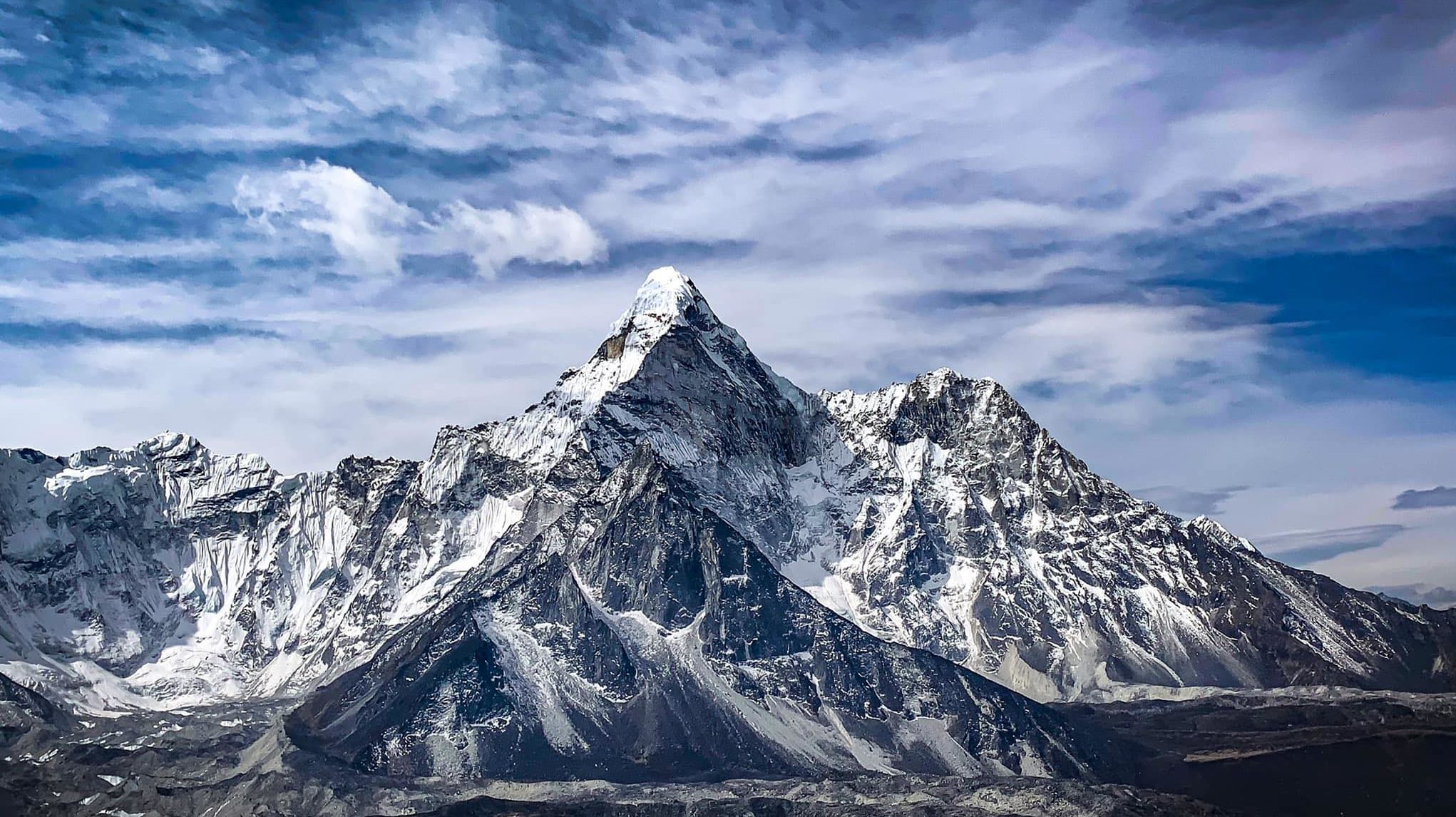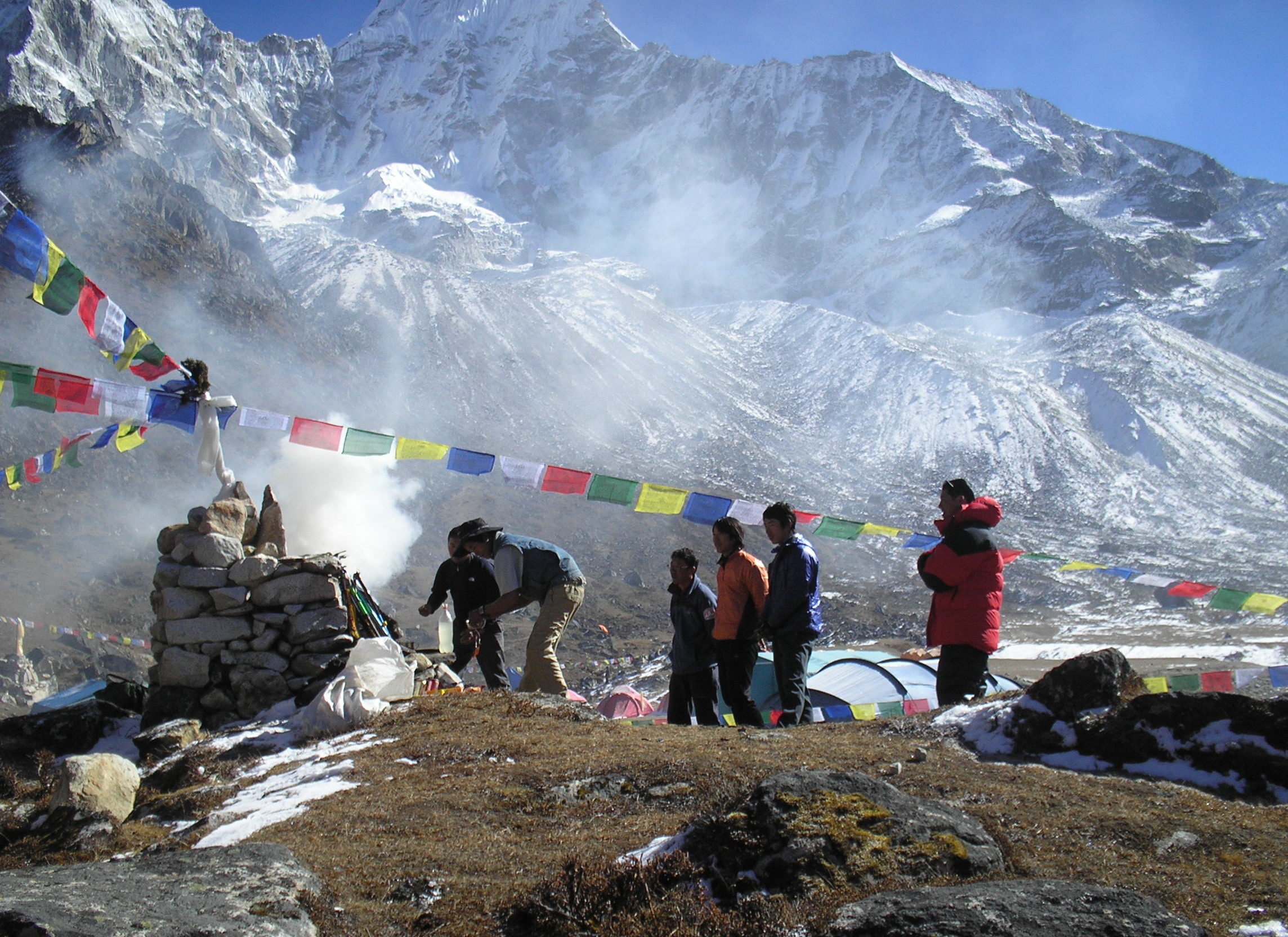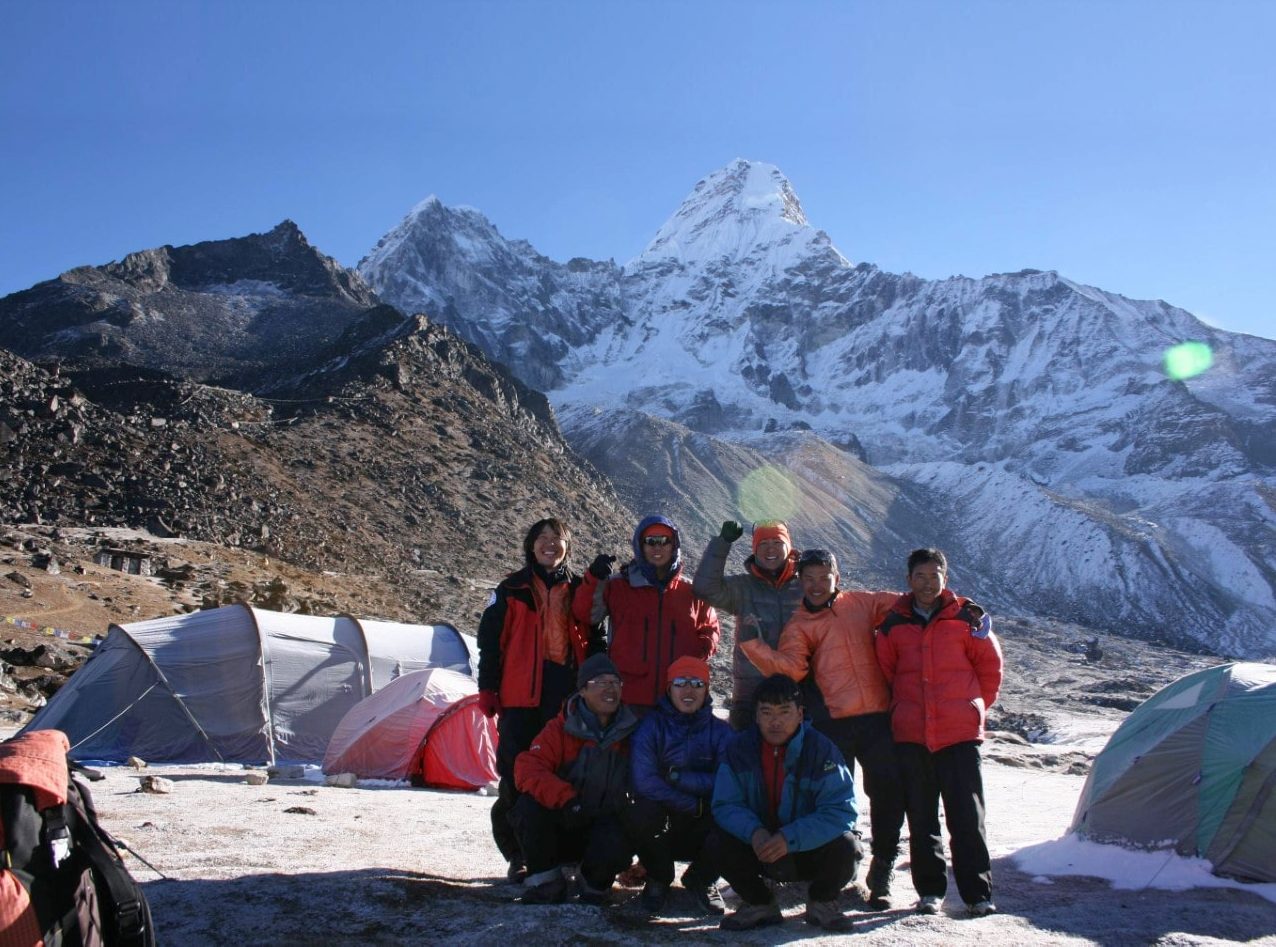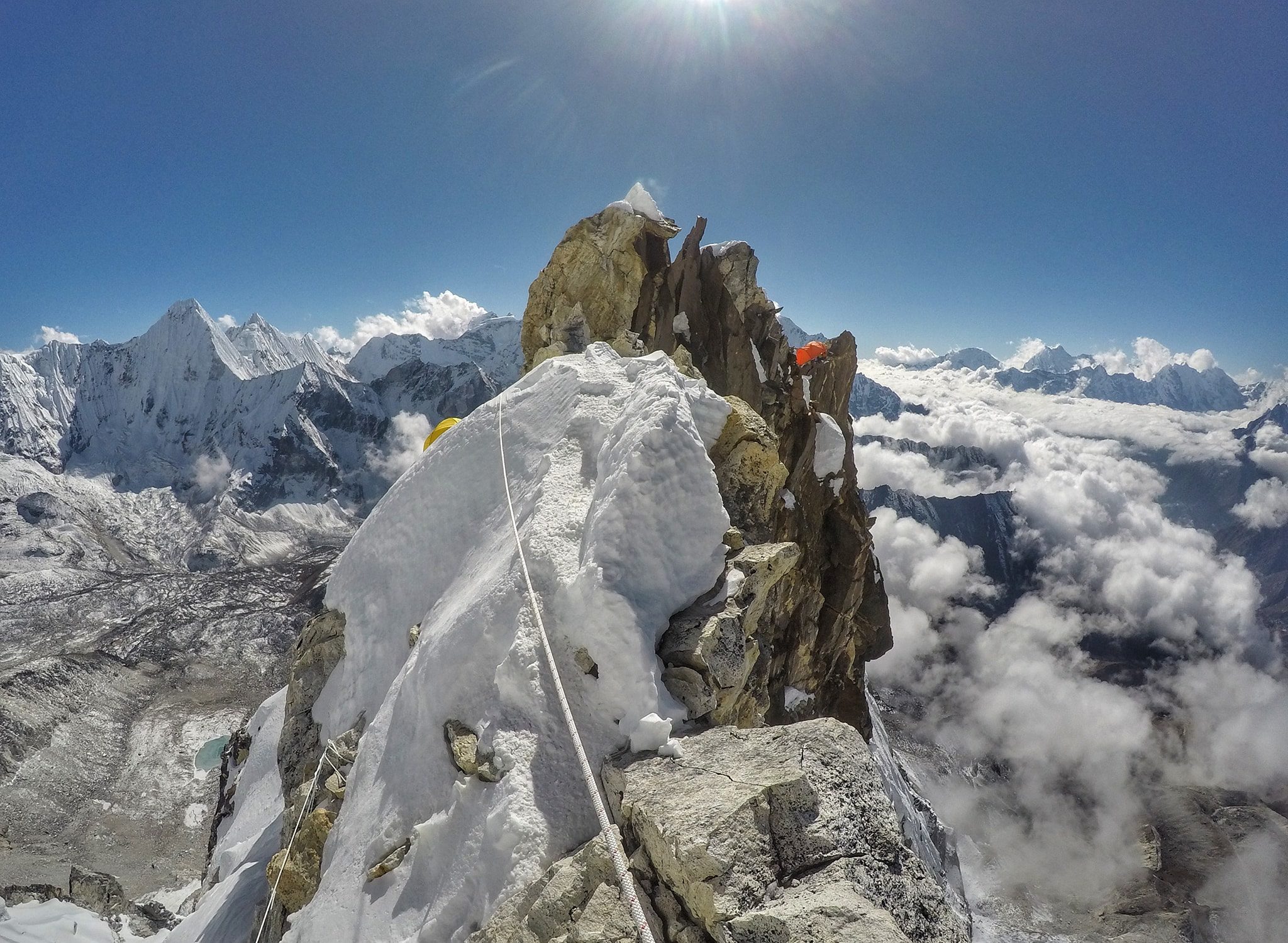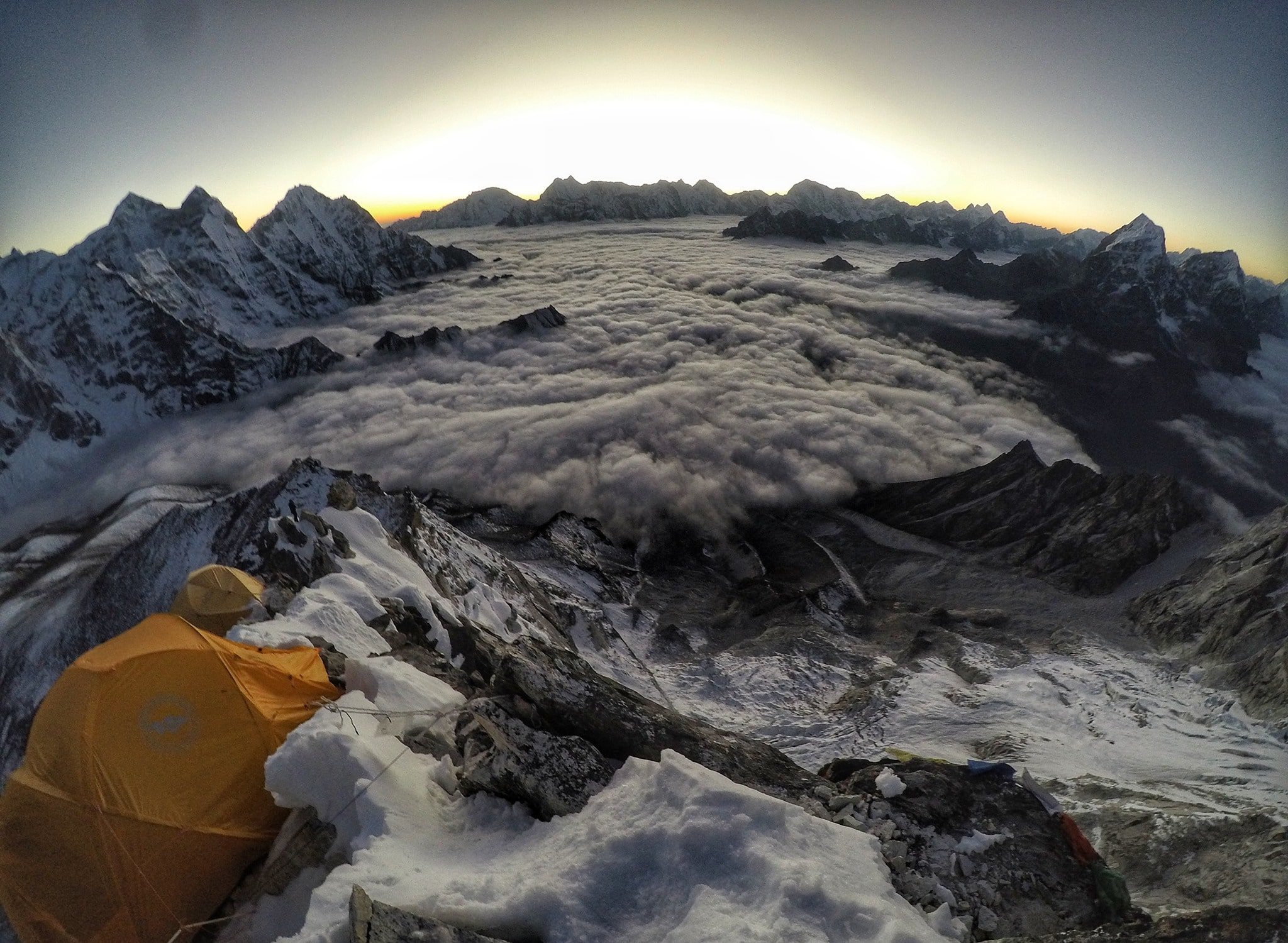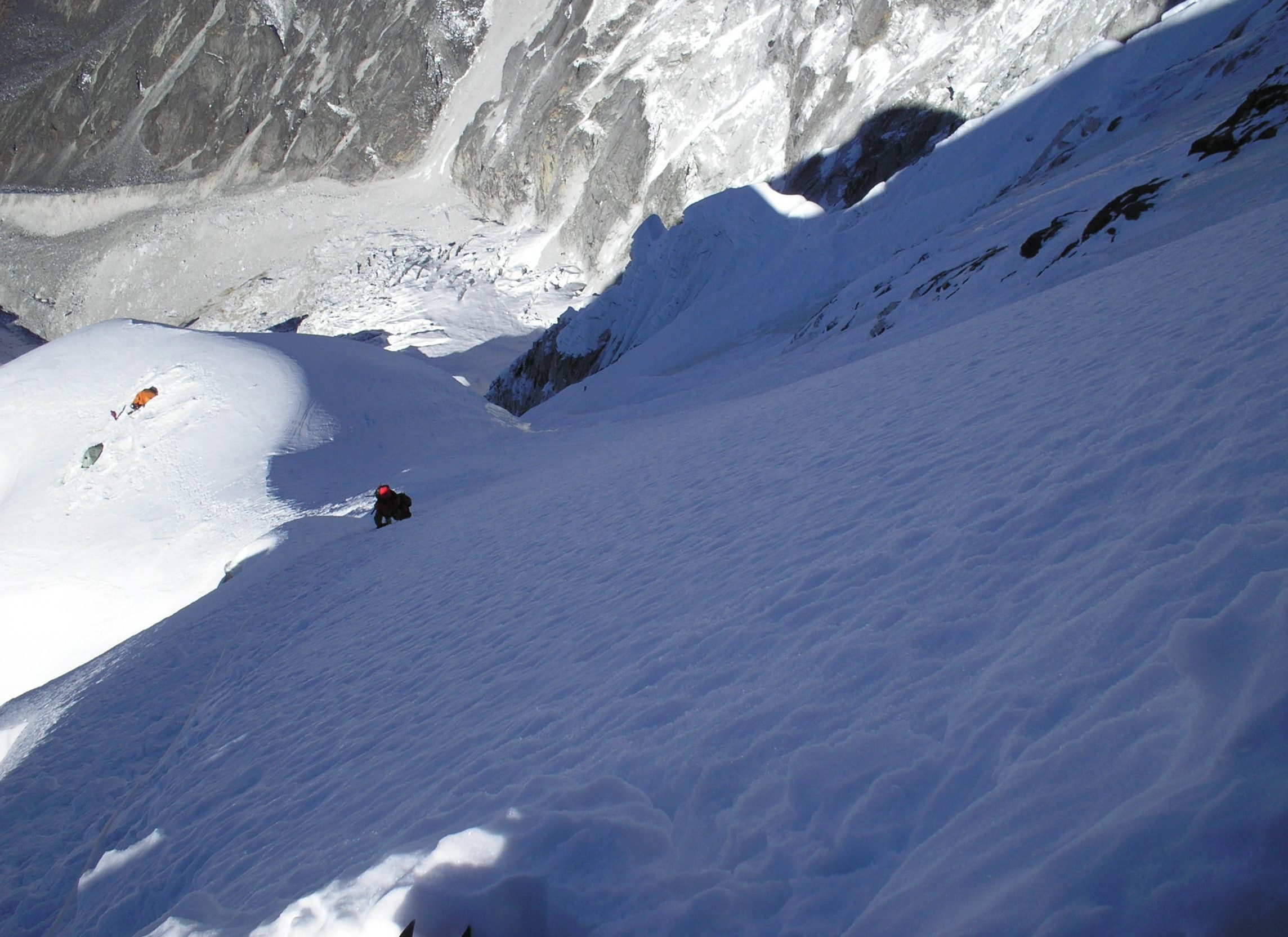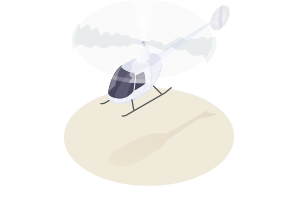Overview
Mt. Ama Dablam (6,812 m) is the third most popular but technically challenging Peak of the Everest Region. It lies in between the south of Mt. Everest (8,848.86 m) and Mt Lho Tse (8,516 m) in the Khumbu region of Nepal.
This mountain looks like a steep pyramid of ice with vertical walls and sharp, exposed ridges. . The most popular and normal route to summit the peak is via the southwest ridge route. When we reach the Mt. Ama Dablam Base Camp (4,770 m) we will set up the camp and have a rest on this day. On the same day, we will also have a Puja ceremony to seek the blessing of Mountain God.
From the next day morning, our ascent begins following Camp 1 (5,800 m), Camp 2 (6,075 m), Camp 3 (6,400 m) using the climbing and hanging techniques which helps us to make a summit attempt successful. The entire route is fixed with rope to allow safe climb and tents will be placed in all the camps by our climbing crew. Normally 10 to 15 days is enough for the climbing period. It requires a mountaineering permit to climb. Even mountaineering beginners can attempt the climb to this mountain with the support of a Climbing Sherpa if they have basic rock and ice climbing skills, high altitude walking experience, and technical competency.
Chengha Tsering Sherpa, managing director, of High Mountain Himalaya Treks And Expedition Pvt. Ltd himself has led many Russian, Korean, American, Canadian, and Japanese groups and summited Mt Ama Dablam successfully.
While trekking along the way up to Ama Dablam Base Camp you will experience a great variety of scenery and topography, the Sherpa culture, and their traditional lifestyle which makes your climbing a tantalizing experience.
High Mountain Himalaya Treks And Expedition Private Limited will arrange all necessary infrastructures for your summit to Ama Dablam. We will do all necessary paper works for the expedition permit; organize all accommodations before and after the expedition. We organize camp facilities, transport luggage, and set up high camps, fix ropes, provide food, high altitude food, high-quality tents, porters, professional Climbing Sherpas, oxygen, satellite telephone, Waki Talkie set, advice, and other logistical assistance. All of our guides and Sherpa have summited Ama Dablam and other Himalayan peaks several times. This maximizes your climb to Ama Dablam successfully and guarantees your safety through us. The best climbing months are April-May (before the monsoon) and September-October-November (autumn).

